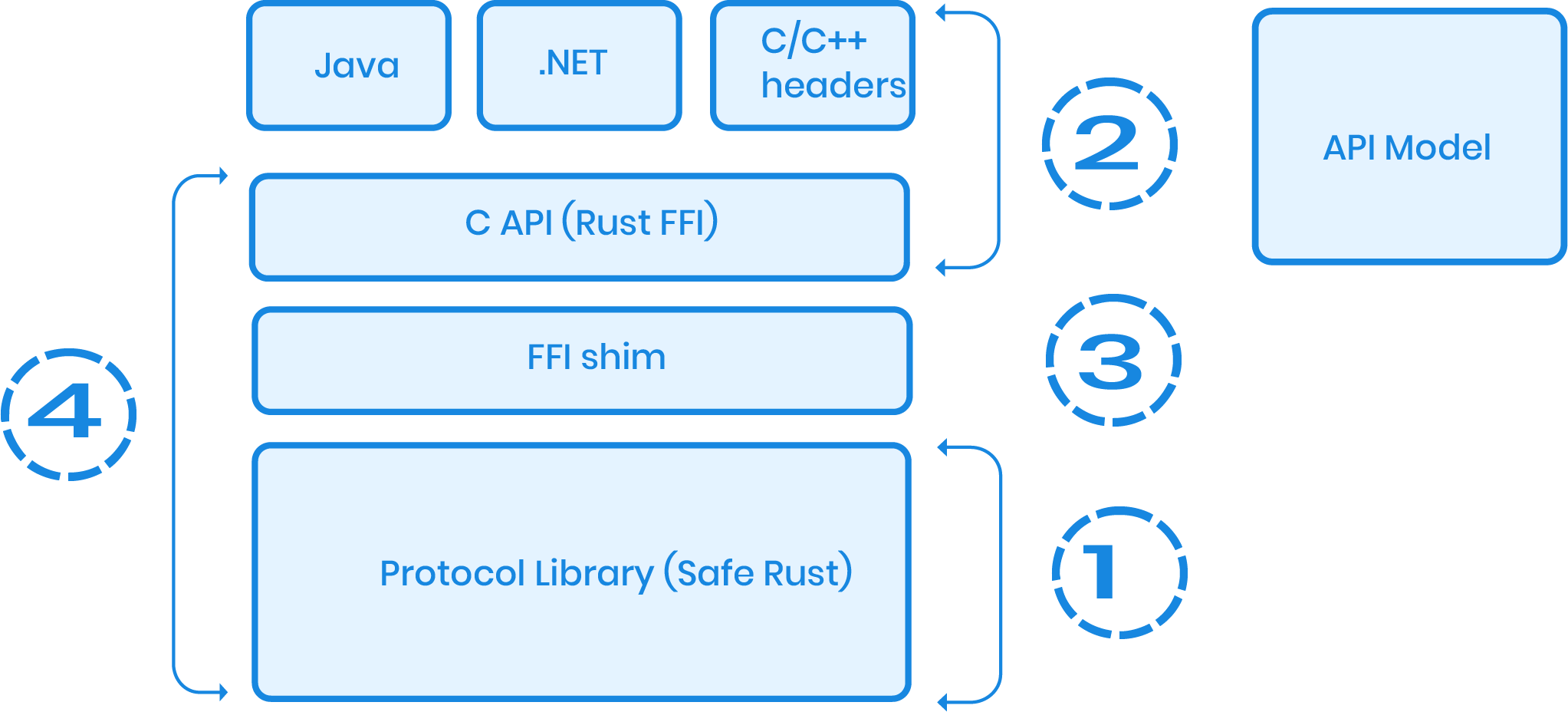

When the hybrid progeny reaches flowering maturity, it also may be used as a parent.

Conversely, some traits that enhance a plant's resistance to disease may also be harmful to humans.Ĭrossing occurs when a plant breeder takes pollen from one plant and brushes it onto the pistil of a sexually compatible plant, producing a hybrid that carries genes from both parents. As a result, cultivated crop varieties rarely establish populations in the wild when they escape from the farm. For example, the reduction of unpalatable chemicals in a plant makes it more appealing to human consumers but may also attract more feeding by insects and other pests, making it less likely to survive in an unmanaged environment. Often traits considered beneficial to breeders are detrimental to the plant from the standpoint of environmental fitness. Superior traits are those considered beneficial to humans, as well as to domesticated animals that consume a plant-based diet they are not necessarily beneficial to the plant in an ecological or evolutionary context.

Successfully applying marker-assisted selection allows a faster, more efficient mechanism for identifying candidate individuals that may have “superior traits.” This very old method of breeding has been enhanced with modern technology.Īn example of modern methods of simple selection is marker-assisted selection, which uses molecular analysis to detect plants likely to express desired features, such as disease resistance to one or more specific pathogens in a population. Over a period of several years, these plants or their seeds are saved and replanted, which increases the population of superior plants and shifts the genetic population so that it is dominated by the superior genotype. The seeds from the superior plants are sown to produce a new generation of plants, all or most of which will carry and express the desired traits. That is, a genetically heterogeneous population of plants is inspected, and “superior” individuals-plants with the most desired traits, such as improved palatability and yield-are selected for continued propagation. The easiest method of plant genetic modification (see Operational Definitions in Chapter 1), used by our nomadic ancestors and continuing today, is simple selection. As discussed more fully in Chapter 5, it is both prudent and preferable to identify potentially hazardous products before they are made commercially available, and with few exceptions standard plant breeding practices have been very successful in doing so. While advances in modification methods hold the potential for reducing the time it takes to bring new foods to the marketplace, an important benefit of a long evaluation period is that it provides opportunities for greater assurance that deleterious features will be identified and potentially harmful new varieties can be eliminated before commercial release. These objectives continue to motivate modern breeders and food scientists, who have designed newer genetic modification methods for identifying, selecting, and analyzing individual organisms that possess genetically enhanced features.įor plant species, it can take up to 12 years to develop, evaluate, and release a new variety of crop in accordance with international requirements, which specify that any new variety must meet at least three criteria: it must be genetically distinct from all other varieties, it must be genetically uniform through the population, and it must be genetically stable (UPOV, 2002). These changes, along with natural evolutionary changes, have resulted in common food species that are now genetically different from their ancestors.Īdvantageous outcomes of these genetic modifications include increased food production, reliability, and yields enhanced taste and nutritional value and decreased losses due to various biotic and abiotic stresses, such as fungal and bacterial pathogens. Modification to produce desired traits in plants, animals, and microbes used for food began about 10,000 years ago.


 0 kommentar(er)
0 kommentar(er)
